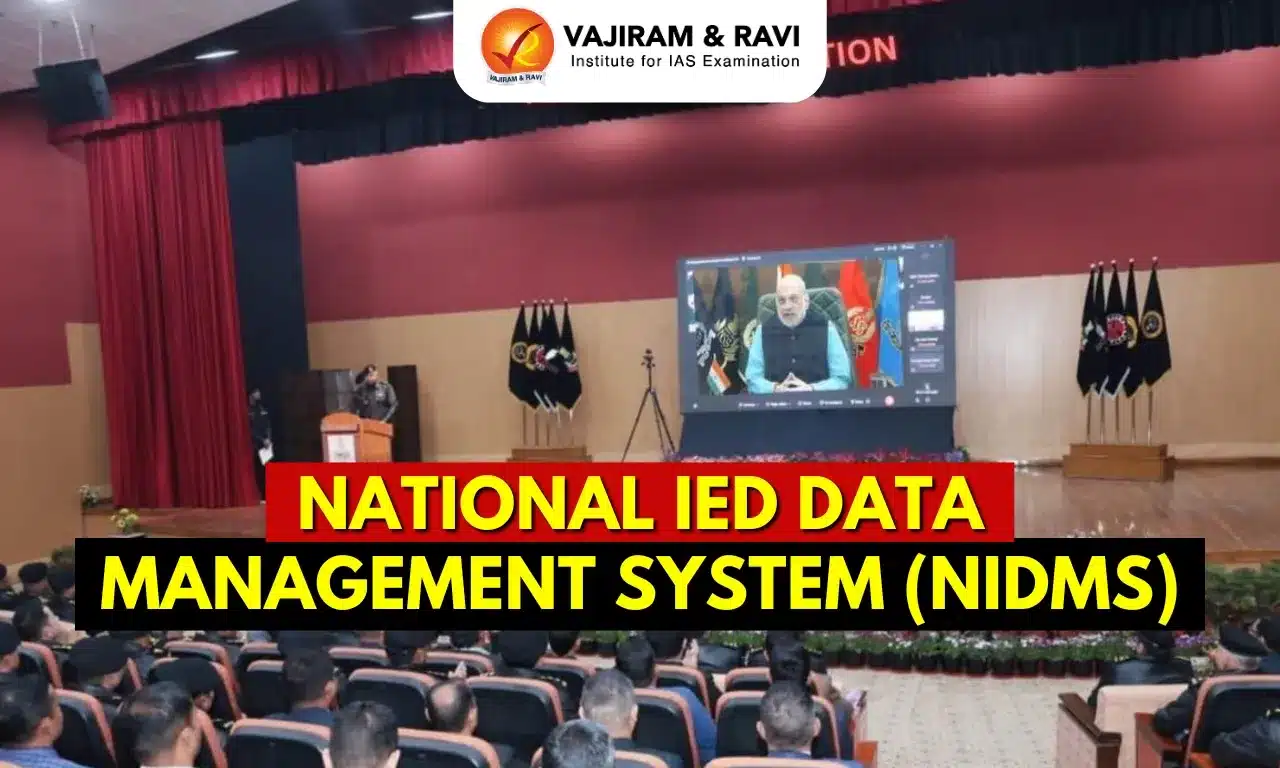About Atmospheric Perturbations around the Eclipse Path (APEP) mission
- The mission will involve launching three rockets equipped with scientific instruments.
- Objective: To know how the upper atmosphere will change during the eclipse, especially the moment when there would be a sudden reduction in light.
- During an eclipse, the sudden drop in sunlight causes changes in the ionosphere, creating waves that ripple through this atmospheric layer.
- It will measure changes in electric and magnetic fields, density, and temperature.
- This launch will take place at the White Sands Missile Range in New Mexico, with a specific focus on the ionosphere.
- According to NASA, the ionosphere’s temperature and density are projected to decrease during the eclipse, resulting in a wave-like disturbance that has the potential to disrupt GPS and other satellite communications.
The process:
- The rockets will be positioned just outside the path of annularity, where the Moon moves directly in front of the Sun. Each rocket will deploy four small scientific instruments designed to record changes in electric and magnetic fields, density, and temperature.
- NASA’s goal is to achieve the first-ever simultaneous measurements from multiple locations in the ionosphere during a solar eclipse.
- Rockets can be launched precisely at the right moment and can investigate lower altitudes inaccessible to satellites.
- Sounding rockets were chosen by the team due to their ability to pinpoint and measure specific regions of space with great accuracy.
- These rockets can also record changes occurring at various altitudes as they ascend and descend from suborbital flights.
- The rockets will gather data at altitudes ranging from 45 to 200 miles (70 to 325 kilometres) above the Earth’s surface along their flight path.
Q1: What is ionosphere?
The ionosphere is a region of Earth’s upper atmosphere that contains a high concentration of ions and free electrons. It starts approximately 48 kilometers above the Earth’s surface and extends upwards to several hundred miles (about 1,000 kilometers). The ionosphere plays a crucial role in various atmospheric and radio propagation phenomena, including the reflection and refraction of radio waves.
Source: Indian-origin NASA scientist to lead rocket mission to‘ring of fire’ eclipse. Explained
Last updated on January, 2026
→ Check out the latest UPSC Syllabus 2026 here.
→ Join Vajiram & Ravi’s Interview Guidance Programme for expert help to crack your final UPSC stage.
→ UPSC Mains Result 2025 is now out.
→ UPSC Notification 2026 is scheduled to be released on January 14, 2026.
→ UPSC Calendar 2026 has been released.
→ UPSC Prelims 2026 will be conducted on 24th May, 2026 & UPSC Mains 2026 will be conducted on 21st August 2026.
→ The UPSC Selection Process is of 3 stages-Prelims, Mains and Interview.
→ Prepare effectively with Vajiram & Ravi’s UPSC Prelims Test Series 2026 featuring full-length mock tests, detailed solutions, and performance analysis.
→ Enroll in Vajiram & Ravi’s UPSC Mains Test Series 2026 for structured answer writing practice, expert evaluation, and exam-oriented feedback.
→ Join Vajiram & Ravi’s Best UPSC Mentorship Program for personalized guidance, strategy planning, and one-to-one support from experienced mentors.
→ UPSC Result 2024 is released with latest UPSC Marksheet 2024. Check Now!
→ UPSC Toppers List 2024 is released now. Shakti Dubey is UPSC AIR 1 2024 Topper.
→ Also check Best UPSC Coaching in India

















